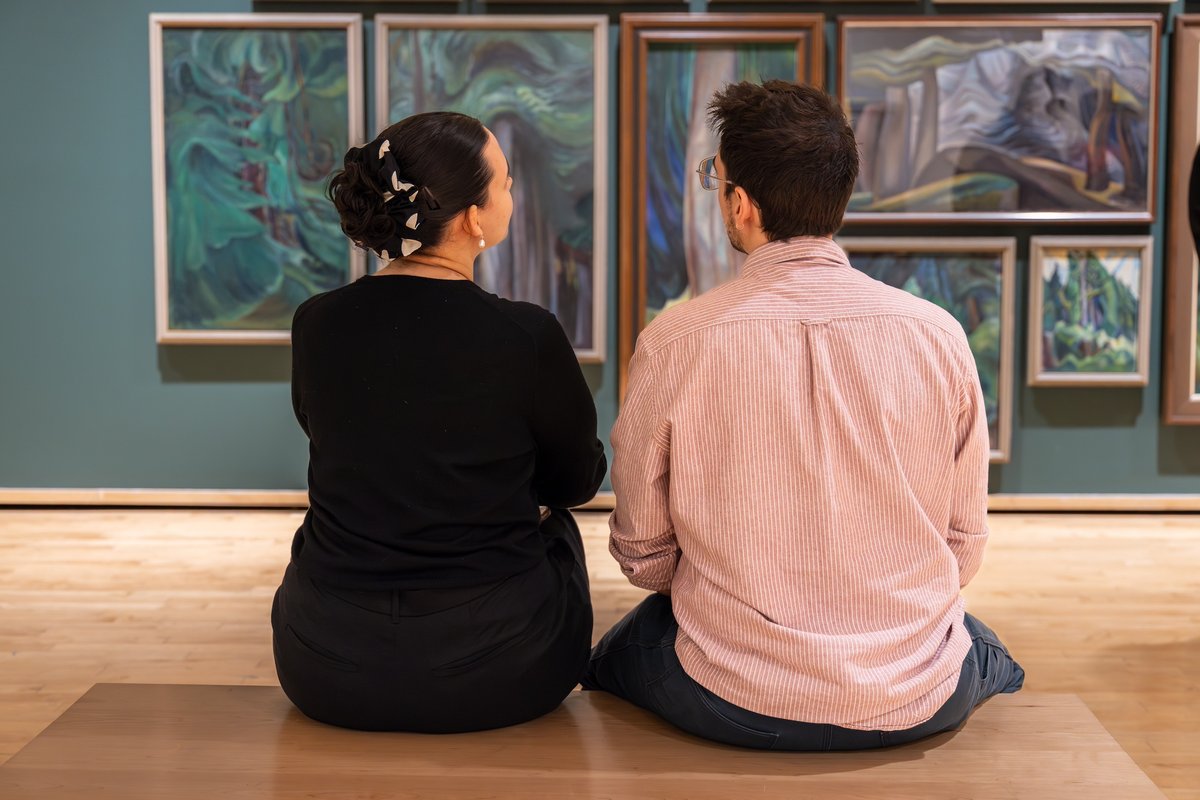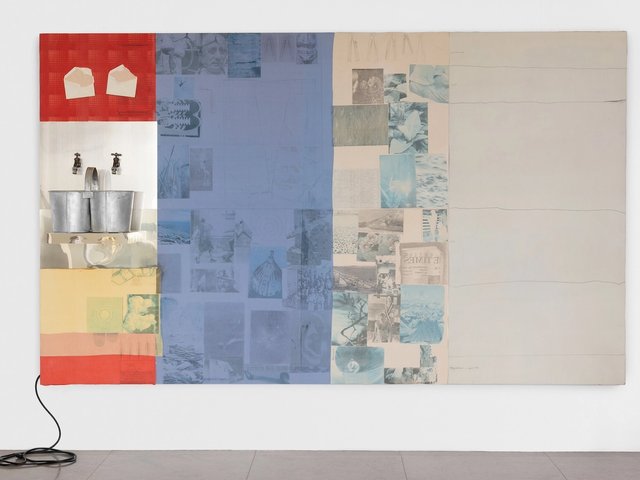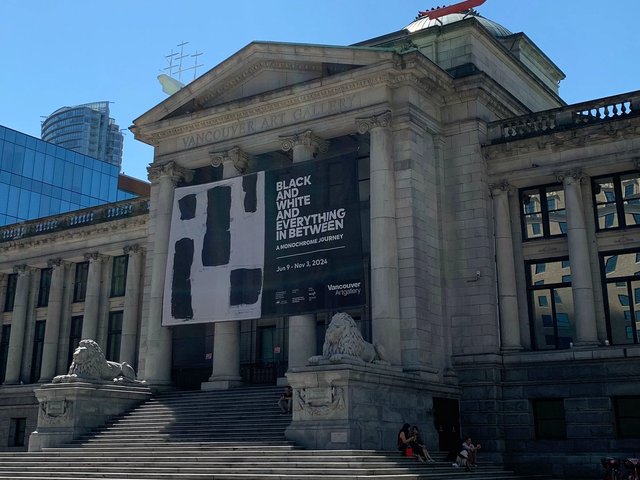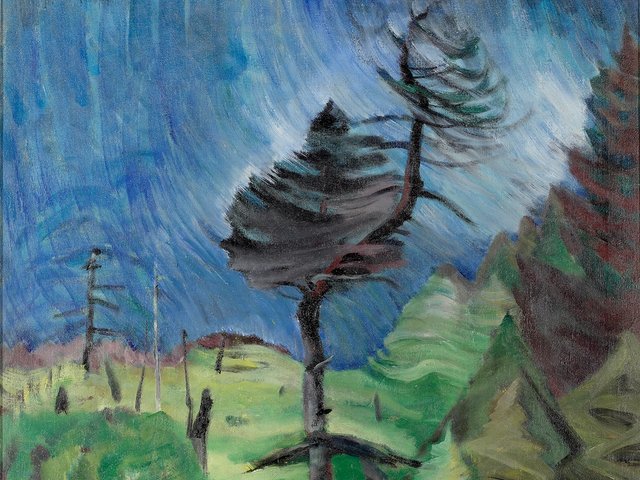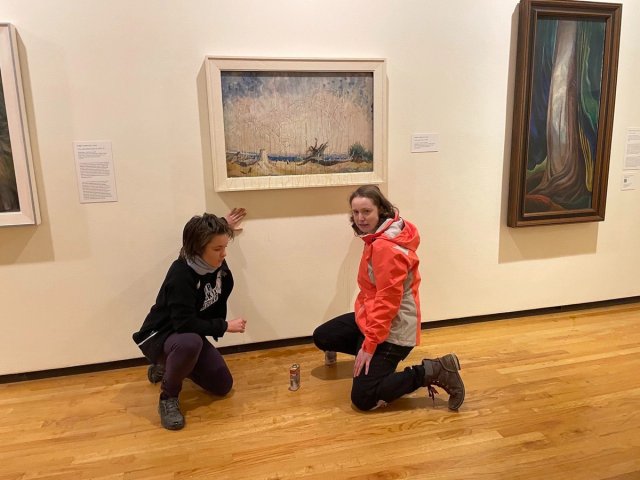On World Health Day (7 April), the curator Richard Hill guided a group of doctors and donors on a meditative tour of a new Emily Carr exhibition on the fourth floor of the Vancouver Art Gallery (VAG). Participants were encouraged to “slow look” at 17 densely packed ‘tree portraits’ from the 1930s, and in a moment of silence they were drawn into the hypnotic deep greens of the forests of British Columbia that the artist captured so well.
The tour marked the launch of a new initiative combining health, art and nature. The VAG has initiated a collaboration with the BC Parks Foundation’s PaRx, Canada’s national nature prescription programme, which allows healthcare professionals to prescribe a nature-inspired visit to Emily Carr: Navigating an Impenetrable Landscape (until 4 January 2026) in support of patients’ mental health and psychological wellbeing. Since its inception in 2019, PaRx’s has worked with more than 17,000 healthcare providers issuing more than 1 million prescriptions for nature.
While the world’s first art museum to introduce “art prescriptions” was the Montreal Museum of Fine Arts, which launched a programme in 2018 with Médecins Francophones du Canada, the VAG says its initiative is unique because it brings nature and art together through Carr’s work.
“To the best of our knowledge, this marks the first collaboration of its kind between a nature prescription programme and an arts institution anywhere in the world,” Sirish Rao, the VAG’s interim co-chief executive, said in a statement. “We look forward to bringing the restorative power of nature indoors.”
At a press conference marking the initiative’s launch, Rao spoke of the VAG as a “portal” where patrons could “ground themselves” upon arrival by reflecting on the land acknowledgements at the entrance and then immerse themselves in Carr’s forest scenes. The initiative, together with a pre-existing programme created by and for seniors called “Art at Any Age”, are under the auspices of the gallery’s new Art of Wellbeing lab, which also launched this week and is supported by the Pamela and Dave Richardson family.
“A significant body of knowledge shows that access to nature experiences, both indoors and outdoors, can improve health conditions ranging from depression and anxiety to high blood pressure and chronic pain—and the growing evidence behind the health benefits of art is similarly impressive,” Melisa Lem, the director of PaRx, said in a statement.
In spite of frequent superlative claims about its quality of life, Vancouver has been named by researchers as Canada’s “most unhappy city” due to a number of factors, and the new VAG initiative aims to overcome this. According to the gallery, research has shown that looking at “restorative” depictions of natural landscapes can ease psychological stress, improve the viewer’s mood and stimulate cognitive recovery. Studies also suggest that time spent socialising in galleries can ease stress, chronic pain, anxiety and feelings of loneliness.
Once visits are prescribed, visitors and an invited guest can return to the VAG any number of times and go home with a Carr colouring book. The gallery has created a special booklet with instructions on how to “slow look” and “connect with nature”. “Did you know that the human eye can distinguish thousands of shades of green?” one passage reads. “You may want to select a shade of green in one of the paintings, take a photo of it, and then match it to a piece of nature you are drawn to.”


